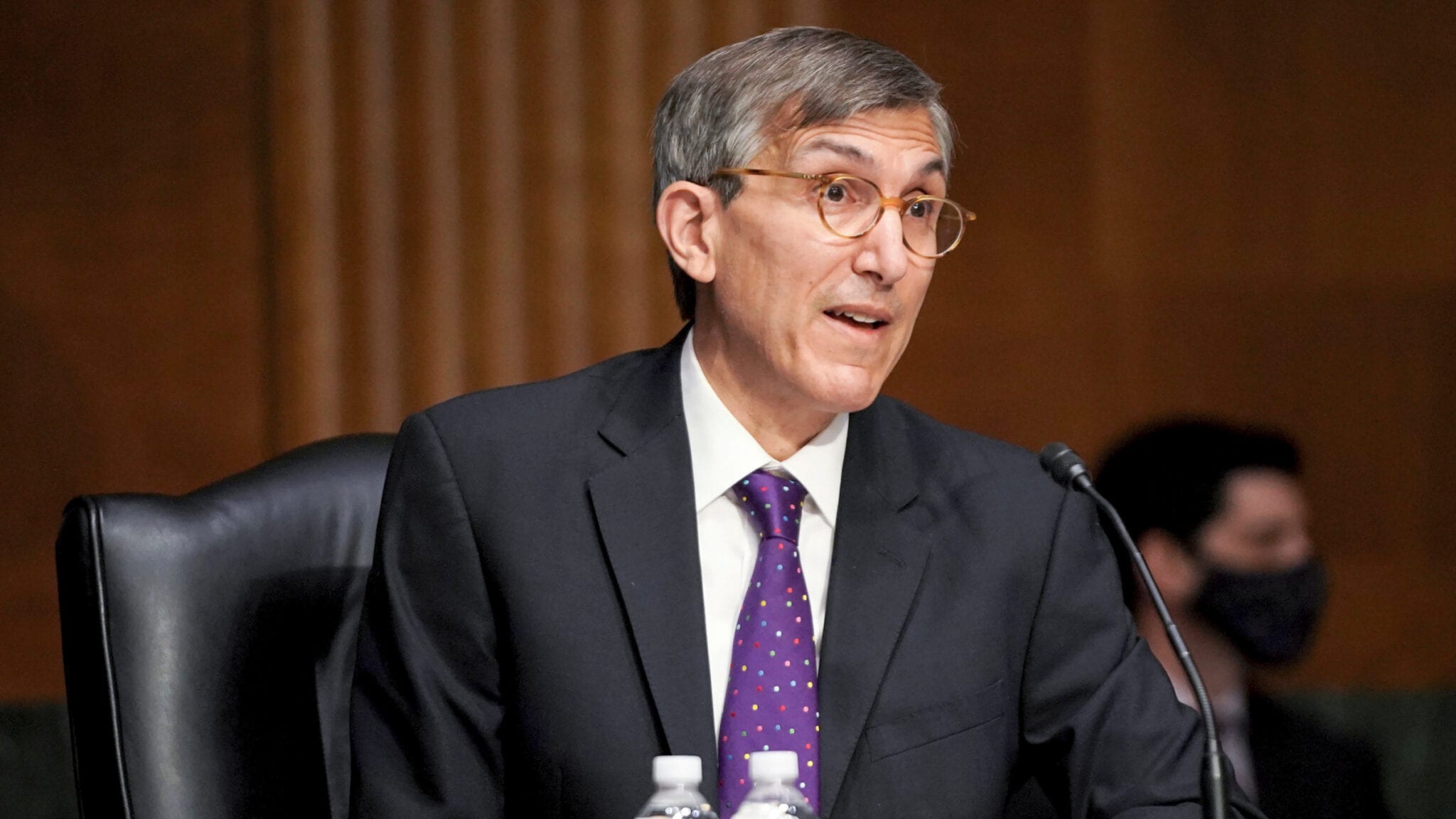
Peter Marks, CBER director (Greg Nash/Pool via AP)
CBER's Peter Marks says Covid-19 shots to mirror flu shots: Manufacturers will be interchangeable
On Jan. 26, the FDA’s vaccines adcomm will meet to discuss the future of Covid-19 booster shots and variant strain selection moving forward, and CBER …
Sign up to read this article for free.
Get free access to a limited number of articles, plus choose newsletters to get straight to your inbox.